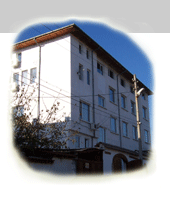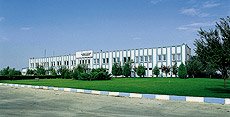World Markets for Knitted Textiles and Apparel: Forecasts to 2012

Knitting: a growth sector
The world produces over 17 mn tons of knitted textiles and apparel - representing one third of the global textile market. Moreover, output is forecast to grow by 25% over the next ten years, reaching more than 21 mn tons.
New fibres open up new markets
Knitted textiles and apparel are used in a wide range of basic apparel items such as T-shirts, underwear and sweaters. But the industry is changing. New markets are emerging as high-tech fibres are used and manufacturing technology becomes more sophisticated. Designers are discovering that knitted goods now offer more scope than ever before, to be used in an increasingly sophisticated range of products.
New technology offers more flexibility, customised products, smaller order sizes
Producers are investing in machinery which offers the latest technological developments in order to become more flexible and make better quality products. Automation has been used in the past to produce large orders at low prices. But today's technological advances are providing producers with the flexibility to offer small bespoke, customised orders tailored to specific customer requirements at competitive prices.
World Markets for Knitted Textiles and Apparel: Forecasts to 2012 examines all these issues and more. In particular, it will provide you with:
details of trends in knitting capacity, production, and investments in circular knitting, warp knitting, hosiery knitting, flat knitting, fully fashioned knitting and speciality knitting;
a survey of manufacturing costs in major producing countries, including the impact of new and old machinery, developments in automation and technology, and labour costs;
a detailed description of the manufacturing technologies employed in the knitting sector, and an assessment of technological changes and the introduction of quick response;
details of the effects on productivity of increased automation and the introduction of seamless technology;
comparisons between different types of staple fibres and continuous filament yarn, and their suitability for various end uses;
assessments of process developments in knitting and downstream marketing, with particular emphasis on apparel, hosiery, home furnishing, automotive and technical textile markets;
detailed analyses of the world's key markets, including Western Europe, Eastern Europe, Turkey, Asia, North and South America, Russia and other CIS countries, and Africa;
a comprehensive set of predictions and forecasts to 2012.








Hiç yorum yok:
Yorum Gönder